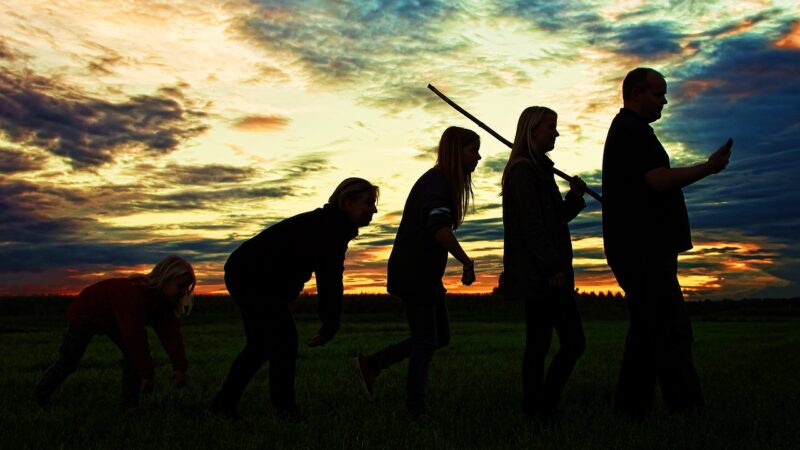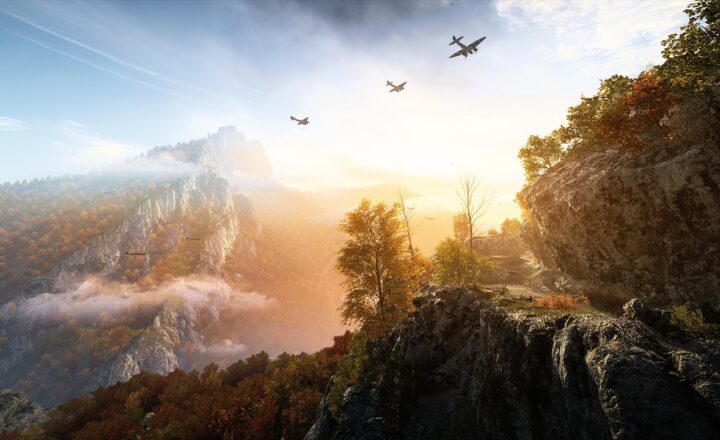Behind the Scenes of Cartoons: The Evolution of Animation
November 18, 2024

Animation has become a pivotal part of modern entertainment, captivating audiences of all ages through its ability to bring stories to life. From the whimsical visuals of early silent cartoons to the stunning 3D imagery of today, the world of animation is rich with history and innovation. This article delves into the evolution of animation, exploring its milestones, the techniques that shaped it, and its impact on culture and society.
1. The Beginnings of Animation
The roots of animation can be traced back to ancient times when storytelling was conveyed through the use of visual art. Notable examples include:
- Prehistoric Animation: Cave paintings in France depicting animals in motion suggest early forms of animated storytelling.
- Zoetrope (1834): This device created the illusion of motion by spinning a series of images which, when viewed through slits, appeared animated.
- The Magic Lantern (17th Century): A forerunner of the projector, this device was used to display images that could be hand-painted or engraved, enchanting audiences with light and motion.
These primitive forms highlighted humanity’s fascination with movement and storytelling, paving the way for the birth of modern animation.
2. Early 20th Century: The Rise of Animated Cartoons
The dawn of the 20th century marked a significant turning point in the animation landscape with the creation of short animated films:
- Gertie the Dinosaur (1914): Created by Winsor McCay, this was one of the first examples of a fully animated character with a personality, bringing animation to a new artistic level.
- Steamboat Willie (1928): This iconic cartoon introduced Mickey Mouse to the world and is notable for being one of the first synchronized sound cartoons, combining music and effects seamlessly with animation.
- The Fleischer Studios: Known for characters like Popeye and Betty Boop, they pushed the boundaries of animation with their innovative techniques and storylines, contributing to the medium’s growing popularity.
These pioneering efforts laid the foundation for animation as a respected art form and a crucial part of entertainment.
3. The Golden Age of Animation (1930s – 1950s)
The Golden Age of Animation is characterized by the rise of major animation studios and unforgettable characters:
- Walt Disney Studios: With Snow White and the Seven Dwarfs (1937), Disney not only pioneered feature-length animated films but also established storytelling depth and memorable musical scores as cornerstones of animation.
- Warner Bros and Looney Tunes: The introduction of characters like Bugs Bunny and Daffy Duck emphasized humor and personality, leading to a unique brand of animation that appealed to both children and adults.
- The Rise of Technicolor: The advent of color animation brought cartoons to life in a new way, allowing richer storytelling and a more engaging visual experience, epitomized by Disney’s innovations in color techniques.
These developments solidified animation’s role as a staple in cinematic history, reflecting society’s changing tastes and interests.
4. The Transition to Television (1950s – 1980s)
As televisions became a household staple, animation found new avenues to flourish:
- Hanna-Barbera: Known for producing popular shows such as The Flintstones and Scooby-Doo, they pioneered limited animation techniques to produce content efficiently for the growing TV market.
- The rise of Saturday Morning Cartoons: This cultural phenomenon created a dedicated time slot for animated series aimed at children, making cartoons an essential part of childhood for many in the U.S. and beyond.
- Anime Boom: The introduction of Japanese anime, such as Astro Boy (1963), began to influence global animation trends, showcasing diverse storytelling styles and unique character designs that captivated audiences worldwide.
Television not only broadened the audience for cartoons but also inspired new artistic approaches and genres within the animation world.
5. The Digital Revolution (1990s – Present)
The arrival of computers fundamentally changed the animation landscape:
- 3D Animation: Movies such as Toy Story (1995) by Pixar revolutionized animation by utilizing 3D rendering techniques, offering a new dimension to storytelling and visual effects.
- Animation Software and Tools: Programs like Adobe Animate and Blender have empowered animators to create high-quality animations independently, leading to a surge in indie productions and digital content creation.
- Streaming Platforms: The rise of platforms like Netflix and Disney+ has opened the doors for niche animated content, breaking traditional barriers and allowing for greater diversity in animation styles and stories.
The digital era has allowed animation to explore new realms, introducing audiences to diverse stories and culturally relevant narratives, making it a powerful form of expression.
6. The Future of Animation
As we look to the future, the world of animation continues to evolve:
- Virtual and Augmented Reality: The integration of VR and AR technologies is allowing for interactive animation experiences, immersing viewers in the stories like never before.
- AI in Animation: The use of artificial intelligence is streamlining the animation process, enhancing creativity and efficiency while raising questions about the role of human animators in the future.
- Increased Representation: There is a notable trend towards inclusivity and representation in storytelling, creating space for varied voices and perspectives previously underrepresented in animation.
These trends indicate a promising future for animation, one that is likely to push the boundaries of creativity and connect with audiences in new ways.
Conclusion
The evolution of animation is a testament to the power of innovation and creativity in storytelling. From its rudimentary beginnings to the sophisticated techniques used today, animation continues to inspire and entertain. As technologies evolve and new narratives emerge, animation will undoubtedly remain a powerful medium shaping the cultural landscape for generations to come.
Whether you are a lifelong fan or a newcomer to the world of animated storytelling, understanding the journey of animation enriches your appreciation for this art form and its enduring legacy.







